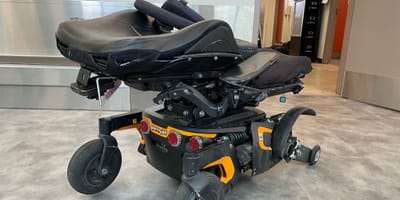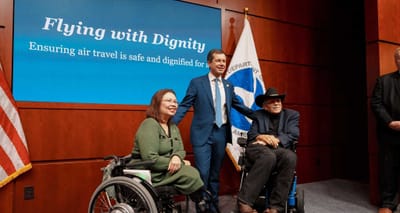It has been well documented that the taxi and rideshare industries are rife with disability discrimination. Most American cities have no wheelchair accessible taxis at all and, even where they do exist, availability is often limited to weekdays during normal business hours.
On this blog, I’ve catalogued several examples of what can happen when disabled people are denied equal access to mobility. In 2019, I slept outside of a Jacksonville, Florida gas station because I couldn’t get a wheelchair taxi. In 2022, after my flight was canceled, I was forced to sleep in the airport terminal because there were no accessible cabs.
Even where I haven’t been stuck overnight, the lack of wheelchair taxis has caused me great distress. I once waited four hours outside of a movie theater for a ride home — twice the length of the movie I went to see! I’ve missed numerous flights because the wheelchair taxi that I reserved in advance never turned up. And, perhaps most distressing, I missed my godmother’s wedding reception because I couldn’t get an accessible taxi. “Wheelchair taxis aren’t available on Saturdays,” the dispatcher said.
This photo reveals just how desperate wheelchair users are for an accessible cab ride
The lack of accessible transportation solutions leaves many wheelchair users desperate — and it’s something that taxi cab operators take advantage of.
A few years ago, during a trip to Nashville, Tennessee, I took a wheelchair taxi from my hotel in downtown Nashville to see a show at the Grand Ole Opry. My taxi driver assured me that it would be easy to get a ride after the show, but that wasn’t the case. Only one wheelchair taxi was on the road that night, and the driver told me that I would have to pay $200 for a pick-up, despite the fact that city ordinance establishes a flat rate fare of $25. I declined and instead rolled my wheelchair over to the Gaylord Opryland Hotel, where I booked a second hotel room for the night.
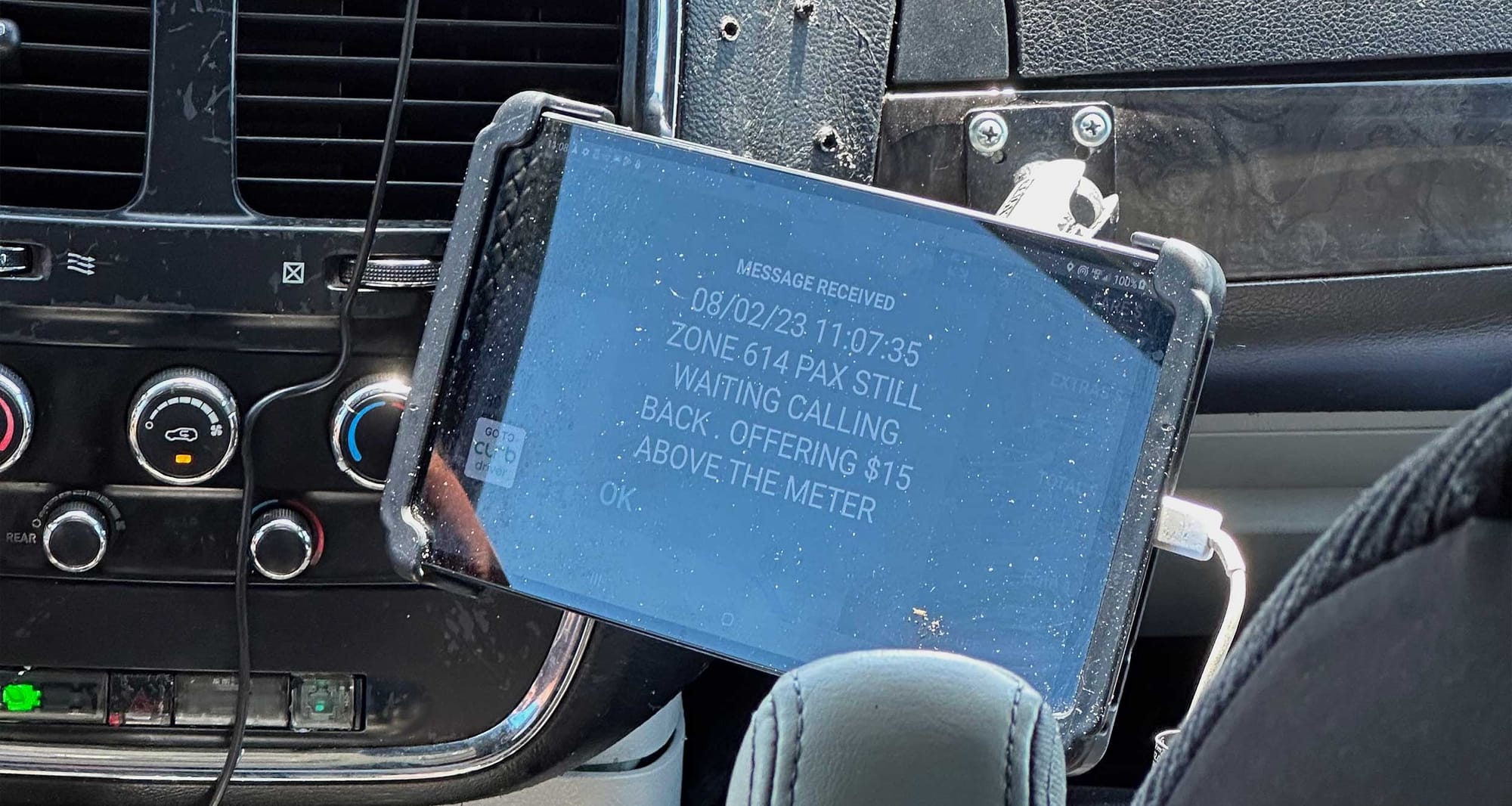
Earlier this month, as I rode in one of the terrible high floor wheelchair taxis that Los Angeles is known for, my driver received a ping from his dispatcher.
“Pax still waiting calling back. Offering $15 above the meter,” the message read. A wheelchair user, having waited what was surely longer than acceptable for an accessible cab, became so desperate that they offered to pay $15 more than metered fare to sweeten the pot and attract a driver.
That’s $15 above the already exorbitant metered fares in Los Angeles, where my taxi ride from LAX Airport to downtown cost more than three times the rates available on Uber and Lyft (which do not provide wheelchair accessible airport pick-ups).
It’s time to establish a Bill of Rights for Wheelchair Taxi Riders
If a hotel has just one room, that guest room is required to be accessible. The same standard doesn’t apply to taxi operators, and it’s a loophole that has been relentlessly used to circumvent ADA requirements for accessible taxis. These days, there are no “cab companies,” but instead individual taxi operators — “independent contractors” who rent or lease vehicles to operate independently, thereby evading key ADA regulations for wheelchair accessibility.
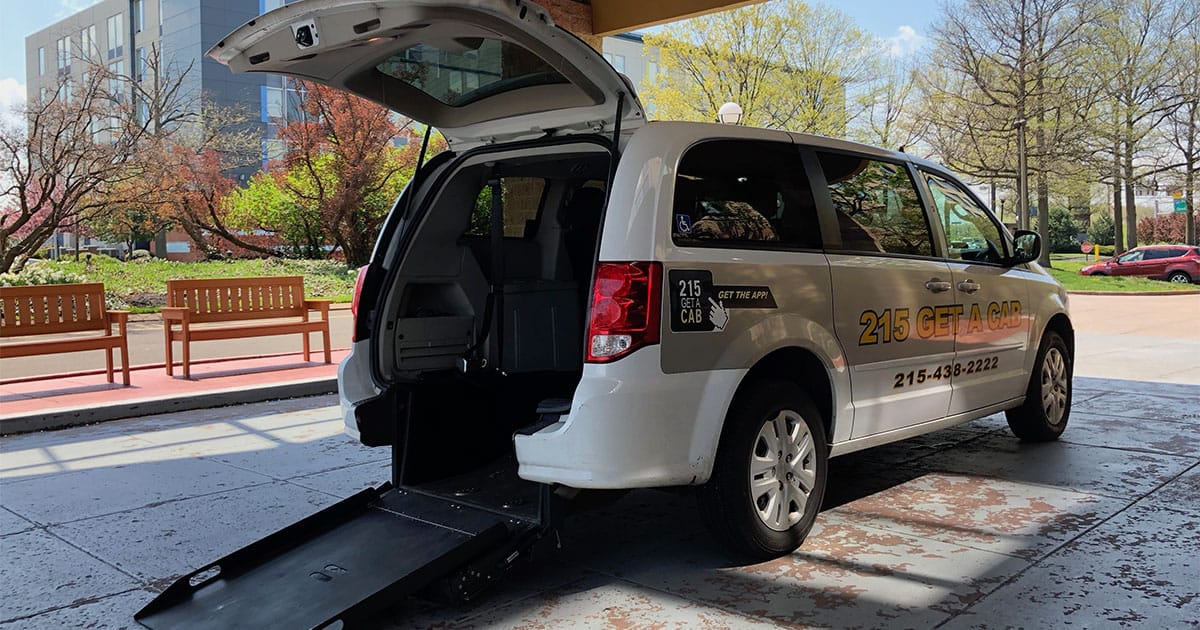
ADA regulations were intended to guarantee equivalent taxi service to wheelchair users, but changing business practices and the advent of rideshare services have prevented those goals from being realized. Here are a few problems with existing regulations:
- Taxi cab companies are not required to purchase accessible vehicles, and must only provide a wheelchair accessible van if they have purchased a brand new passenger van.
- Most vehicles used as taxi cabs are purchased off-lease or from rental car companies and are thus used/not new vehicles.
- Rideshare operators are not considered to be transportation companies, and have claimed in the courts that they are “technology companies.”
To respond to changes in the marketplace since the existing ADA regulations took effect, the U.S. Department of Justice should immediately enact the following regulatory requirements that could be phased in over a period of 1 to 5 years:
- The fleet size of a taxi operator shall determine the number of ADA accessible vehicles with a wheelchair ramp that are required.
- Fleets consisting of only one vehicle: The vehicle must be wheelchair accessible within 5 years of the effective date of the rule.
- Fleets of 2 to 100 vehicles: 10% of the fleet must be wheelchair accessible within 1 year of the effective date of the rule; 15% within 3 years; 25% within 5 years.
- Fleets of 101+ vehicles: 25% of the first 100 vehicles must be wheelchair accessible, and 5% of vehicles thereafter.
- Wheelchair accessible taxi vehicles must be available during all hours that the business is operating, and on a 1:1 basis with standard vehicles (up to 25 vehicles).
- The taxi fare meter in wheelchair accessible vehicles cannot be activated until the rider is secured in their wheelchair; the meter shall stop and a final fare be displayed immediately upon arrival to the destination.
- Rideshare companies within a given locality shall be considered as “taxi cab companies” for the purpose of regulation, rather than a collection of independent operators, and shall be subject to the same regulatory requirements as traditional taxi cab companies. The number of rideshare drivers within a given locality shall be limited by the availability wheelchair accessible vehicles in real time.
Final Thoughts
A limited number of cities in the United States have embraced the idea that hailing a wheelchair accessible taxi cab should be as convenient as hailing a standard one, with New York City committing to make 50% of taxis wheelchair accessible (37% were accessible as of March 2022), and other cities pressuring Uber and Lyft to provide some degree of accessible service.
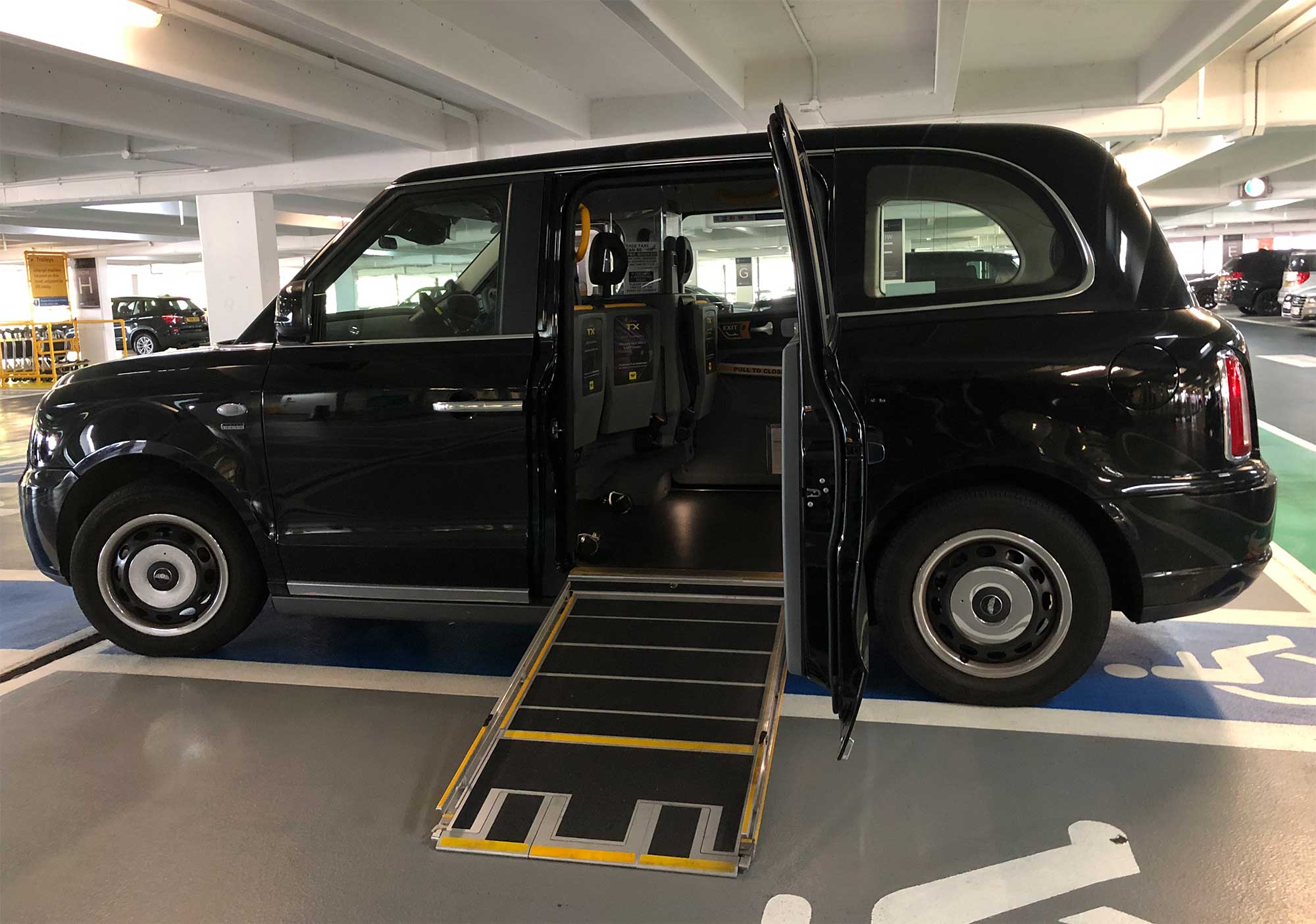
While local governments should continue to advance policies and ordinances that promote equal access and inclusion, the time has come for the federal government to set a new national standard that will address this critical civil rights issue. Future regulation will no doubt be cautious and reserved, but my recommendation for an initial 25% standard for accessibility is achievable — and it is still far behind what the City of London has shown is possible, where 100% of black cabs have a wheelchair ramp.
Which additional rules and requirements for wheelchair accessible taxi services would you propose? Let me know in the comments below!












